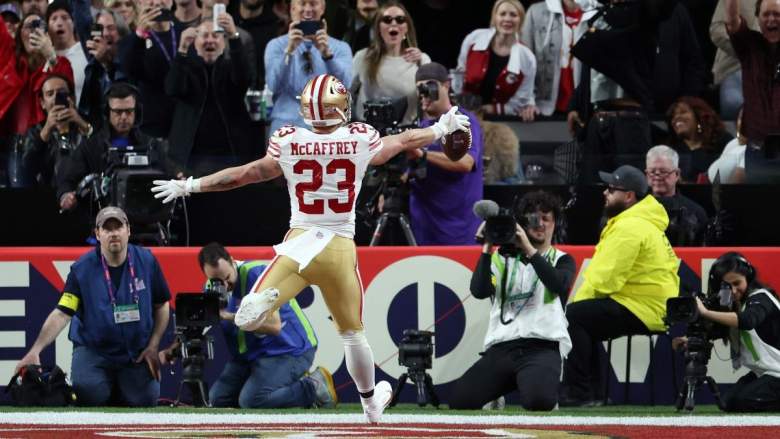
Getty Which snake draft positions give fantasy managers unique competitive advantages?
Did you burn $130 of your auction budget in last year’s draft on Austin Ekeler and Saquon Barkley? Fantasy football success is all about playing the probabilities. Some managers lean into those probabilities, and others merely roll the dice and hope.
There are many proven strategies for winning your auction draft, where “winning” means walking away with the best odds at claiming a title. There are also plenty of strategies that, despite their frequent usage, deliver more risks than rewards. Here are three auction draft mistakes to avoid, and why.
Never Bid on Players You Want . . . Until the End
When it’s your first turn to initiate a player bid, bet a dollar on the highest-priced available player that you don’t want. Why only a dollar? So you don’t burn a roster spot and part of your budget on someone you don’t care about. Why the highest-priced guy? So one of your opponents will have significantly less draft capital to invest later.
And why someone you don’t want? Because in some ways, auction drafting is a war of attrition. If you have more capital in the later rounds than all of your opponents, you’ll have the power to snag pretty much any player you want–and often below his market value. Netting a couple of teams’ #2 WRs at 40% below market value could give you the financial flexibility to grab a top 4-6 TE rather than merely a top 10-12 TE.
Investing Big Bucks on 2 ‘Elite’ RBs Often Leads to Ruin
Each year, I update my “ADP vs. Performance” database, through which I assess the probability of players meeting or exceeding market expectations based on where they’re valued. Since 2012, of the 60 RBs with preseason ADPs in the top five, only 23 (38%) have finished in the top five in RB fantasy points. Many of the underperformers didn’t even finish in the top 10.
Year after year, managers are overpaying for RBs. To be clear, that doesn’t mean you should fade running backs. The “zero-RB” approach works for some people sometimes, and occasionally managers hit the jackpot with two elite RBs who produce as expected.
But if you’re playing the probabilities, understand that betting on two elite RBs dramatically increases the odds that at least one will turn out to be a bust–and sometimes, a major bust. That’s why spending $45, $55, or even $65 on one RB might make sense, while betting $90-$130 on two usually is a recipe for disaster.
Don’t Let Your Opponents Draft Your RB Handcuffs
If you select a starting RB, be prepared to overpay for his handcuff. In leagues with very deep benches (e.g. nine or more slots) and/or huge active lineups (e.g. “must start four RBs”), you might consider locking down the #2 and #3 RB on a team where you’ve already picked the starter.
Truly, there’s no good reason for letting an opponent take your insurance policy. I’ve seen it happen again and again. Sometimes I’m the one taking the handcuff, knowing there’s a decent chance his value will increase (and perhaps skyrocket) later in the season.
Although handcuffs are not guaranteed workhorse roles if the starter goes down, you can get most for a dollar or two near the end of your auction, giving you more financial flexibility to load up at other positions.